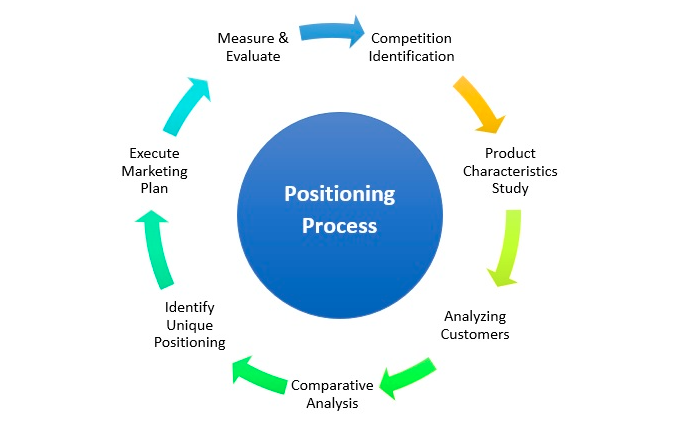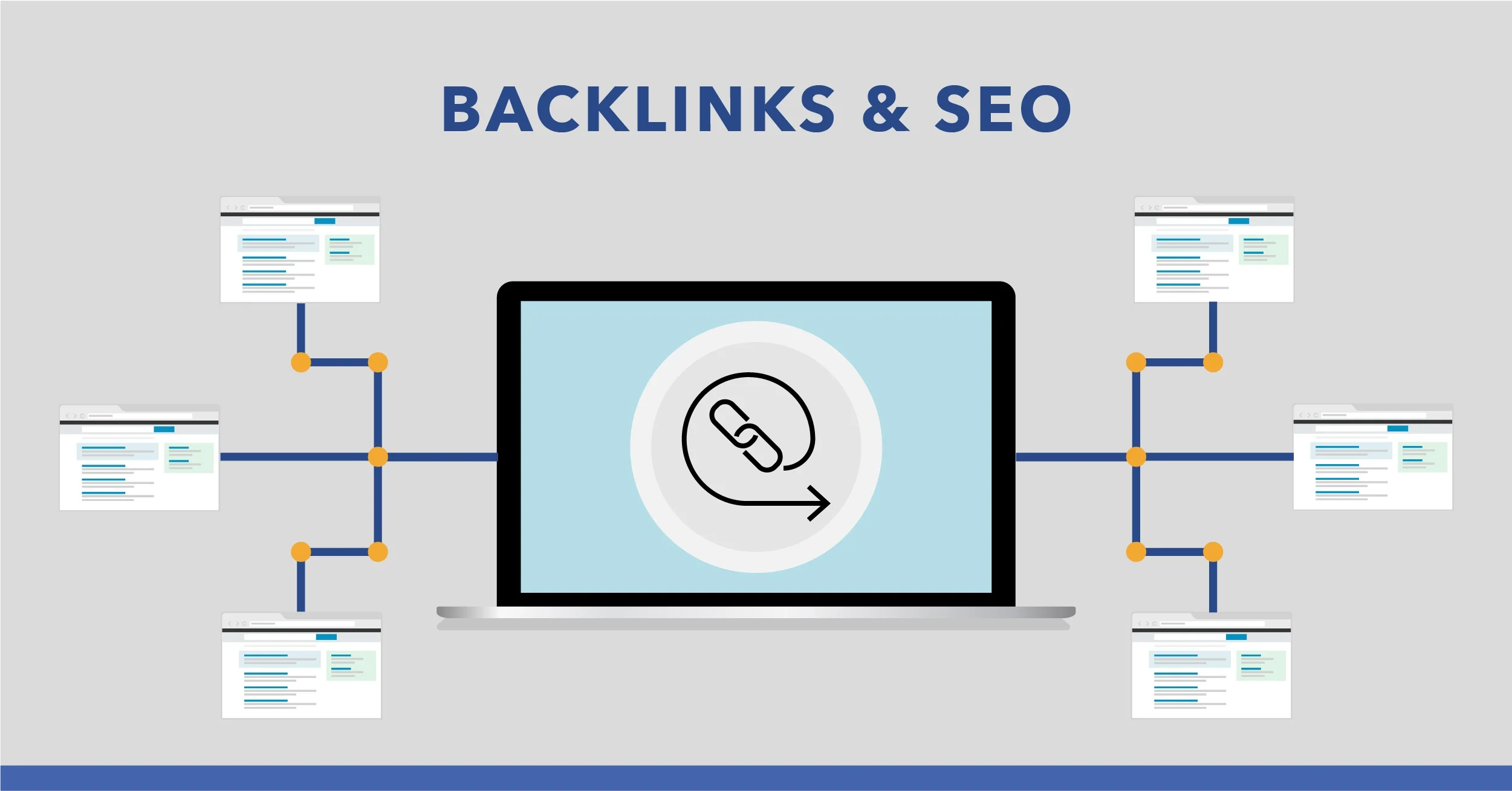
The Comprehensive B2B Content Marketing Playbook

Developing a precise B2B content market strategy is critical to getting a product or service in front of your target audience. The very best content ideas or social media posts will easily fall flat without one.
This is your first step in building loyalty and trust in potential customers.
The trick is ensuring your content marketing efforts line up with your general business strategy. It all begins with knowing your audience to a T.
The savvy marketer uses all the tools, analytics, and optimisations at their disposal to do so.
With that in mind, let’s talk about gearing your B2B journey for content marketing success.
What Makes A Successful Content Marketing Strategy

Your B2B content marketing playbook should dictate the full scale of how you plan to develop, distribute, and continuously optimise your content creation efforts across all marketing channels.
This will help you to:
- increase brand recognition via search engine rankings
- ensure customer engagement
- cement your business strategy.
In short, it functions as a clear roadmap for creating and reviewing content, as well as tracking the efficiency and value of that content for generating and converting leads across a business audience.
Refining Your Target Audience

You may think you have high quality B2B content, but any great marketing strategy is dead in the water without a clear and concise vision of your ICP (ideal customer profile).
Defining Buyer Personas

There’s plenty you need to know about your target companies in order to understand how to develop them into prospective customers.
Start by figuring out:
- their goals and key performance indicators
- the industries they operate within
- the major challenges they face.
Another important factor is to understand where key players find the goods and services they need. The size, geographical location, and revenues of the potential customer are also key.
Taken together, these points enable you to take the first steps in tuning your marketing strategy in the right direction, while making the best possible use of your resources.

Categorising Customer Data

With the right information in hand, you’ll want to begin to begin developing recognisable attributes that are both readable and actionable.
Your most basic starting point should be Firmographics.
Firmographic Data
This refers to the most general information you’ll need to consider.
That includes a business’ clients, products and services they rely on, their location, size, and organisational structure. This kind of data allows you to formulate the very basics of your B2B content strategy.
For example, defining the industry in which the prospective operates in allows you to research emerging industry trends in said industry.
This, in turn, can start discussions regarding unique opportunities to target them with B2B content.

Technographic Data
A successful content marketing strategy has a finger on the pulse of its target audience’s critical technology solutions.
Different technologies, as well as their individual adoption rates, present different challenges.
This represents an excellent opportunity to target business leaders in ways that speak directly to them and are tailored to their individual pains points.

Psychographic Data
The goal here is to understand the characteristics of an organisation’s mindset and behaviours in order to craft engaging content and, more importantly, valuable content.
There is limitless marketing potential in identifying the desires and motivations behind a company’s business decisions.
Their reasons for pursuing certain results and solutions is a chance to deliver a content strategy that proactively addresses their concerns.

Business Situation
Providing relevance and value to your ideal target audience is impossible without a clear idea of their business’ current state, financial health, goals, challenges, and opportunities.
This should be a foundational pillar of your content marketing efforts.
Extensively research the competitive state of their industry, know how long they’ve been in business and their current market position, and study the regulatory environment.

Business and Operating Model
When developing your B2B content, it’s paramount to know how the target company generates revenue.
Questions to ask include:
- are they subscription, transaction, or service based?
- what are the primary customer segments the business targets?
- do they have a unique value proposition and how can you capitalise on it?
In terms of operations, you need to identify the core business processes and workflows. This might include the likes of supply chain management, product development, sales, and customer support.
Risk management is vital too. This may involve any financial risks, operational risks, market risks, and compliance risks.

Product Positioning Is Key

Much like target audience analysis, product positioning is a constant process.
Keeping your product at the forefront of the customer’s mind requires continuous iteration as their needs and challenges evolve. It’s another foundational element of a good content marketing strategy.
To ease the process, this can be broken into a series of steps that will help to guarantee an effective product positioning statement.
Competitive Analysis

Before you can identify an appropriate market position for your product, you’ll need to understand that of your direct competitors.
The idea is to identify clear gaps and opportunities where your product can offer superior value or address needs that your competition has failed to.
Unique Selling Points (USPs)
It may go without saying, but you need to understand your own product inside and out.
Identify, in detail, all of its most important or unique characteristics. Aspects such as innovation, superior technology, exceptional service, or customisation options are all valuable selling points.
Comparative Analysis

Once you’ve identified your competition and your own USPs, this information can be used to draw crucial conclusions through comparison and create content accordingly.
More than anything, this part of the positioning process is where you determine the potential gaps that your content marketing strategy should target.
Key touch points could include:
- cost structures
- user experience
- performance and integration
- customer support
- scalability.
Adjusting Your Approach
Through comparative analysis and identification of the gaps or target areas you plan to pursue, you can develop the basis for your content marketing strategy.
However, it doesn’t stop there.
When content marketing begins in earnest, so too does that process of iteration. That means proactively tracking and reviewing the performance of your campaign to address new points or change course when the need arises.
Developing Your Content Marketing Strategy

Once you’ve done the work to better understand your customers, competition, and place in the market, crafting your content creation plan begins.
An effective way to brainstorm content ideas is to consider the phases of the buying process.
These can be thought of as:
- becoming aware of a problem
- becoming aware of a solution
- becoming aware of a product or service.

Content Strategy for the Problem Phase
Here, customers are, hypothetically, unaware of your product. They may even be unaware of the true scale of their problem.
What they do know is there’s a pain point and it needs addressing. Luckily then, you can help.
Tools and Types of Content
Tools like Google Search Console, Google Analytics, Letterdrop, and Semrush are your first port of call for pinpointing what potential customers are looking for and how you can help.
They are also critical for boosting search engine rankings.

Educational, awareness-building, and diagnostics-driven content can be valuable here. This often takes the form of long form content, including blog content and video content. Quizzes and checklists too.
Additionally, case studies and testimonials can help potential customers identify with the problems you’re describing.
The goal would be to create content that guides prospectives towards a better understanding of their own problems and concerns, into the solutions you’re offering.
Content Strategy for the Solutions and Product Phase
At this stage, companies are actively searching for the help they need.
As a result, they’ll likely be considering a wide range of options. They’ll be thinking pricing, scalability, and the overall impact on their organisation, among others.
What Works?
Product demonstrations are typically very important here. You should also develop comparative charts and guides that directly showcase the benefits of your product over its alternatives.
Any information gained from direct sales conversations with other businesses should be noted as well and used to inform your content marketing strategy.
Focusing Content Channels

Any B2B content marketing strategy that attempts to tackle too many channels at once will likely produce poor quality content and struggle with effectively distributing content.
Instead, craft your foundation around one or two core channels. Understand the online spaces in which your prospective customers exist and target them.
Distribution Channels
Use third-party tools like Letterdrop for content distribution.
They allow you to easily share media across the likes of LinkedIn, Facebook, and other popular social media platforms, according to your content schedule.
Be sure to consider the unique features and best practices of your chosen channels and content formats in order to optimise your efforts.
Blog Posts
Generally, a solid SEO driven blog post is the core of B2B content marketing.
Backlinking is a critical practice here, while long form blog content is the ideal place for backlining.
Lists, how-tos, and why posts tend to perform particularly well.

Volume and Consistency
The best B2B content marketing campaigns manage to balance volume and consistency with quality.
Repetition is a key part of breeding results and getting your target audience on the same page as you.
Remember, you want to establish a lasting connection between the industry problem, your solution, and the name of your brand.
Community Building
Content marketers are increasingly capitalising on funnelling content directly towards the existing communities they’ve established.
Platforms such as Slack, Discord, and Telegram have been used to set up and maintain active communities centred around a product. This community is then leveraged to upsell, downsell, and privately launch new products or features.
Better yet, these communities provide a way to gain insights directly from those most interested in or most actively making use of your product and convert social media followers into customers.

Conclusion
Putting together a winning B2B content marketing strategy is a matter of understanding your target audience, knowing your product, and using this information to accurately address gaps in the market.
Every step of the process is informed by deep analysis of your competitors and the drive to link customer problems with effective, scalable solutions. It means adjusting your strategy across every step of the customer journey.
In other words, it goes beyond a little keyword research and playing with Google Analytics.
Planning, reviewing, and iterating is the name of the game across all content types and social media platforms.
With that in mind, you’re geared to create content that not only ranks across the chosen advertising platforms, but inspires customer loyalty and trust throughout the buying process.

- The Comprehensive B2B Content Marketing Playbook - 8 December 2024




